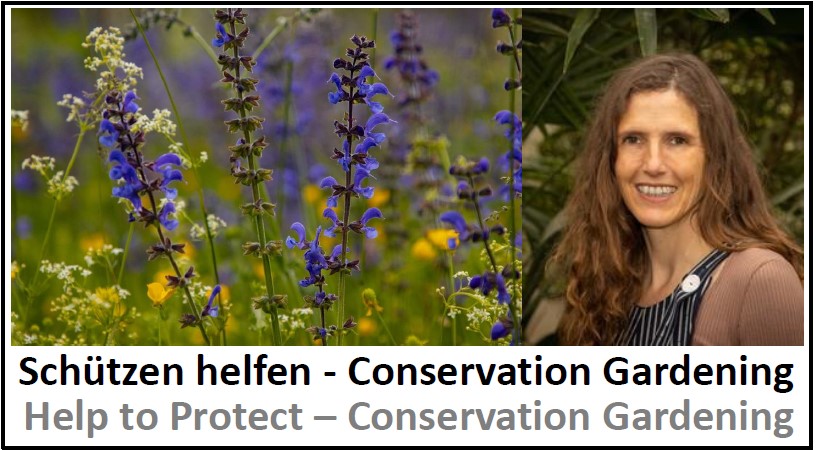Conservation - Arche Noah or Toolbox?

↵
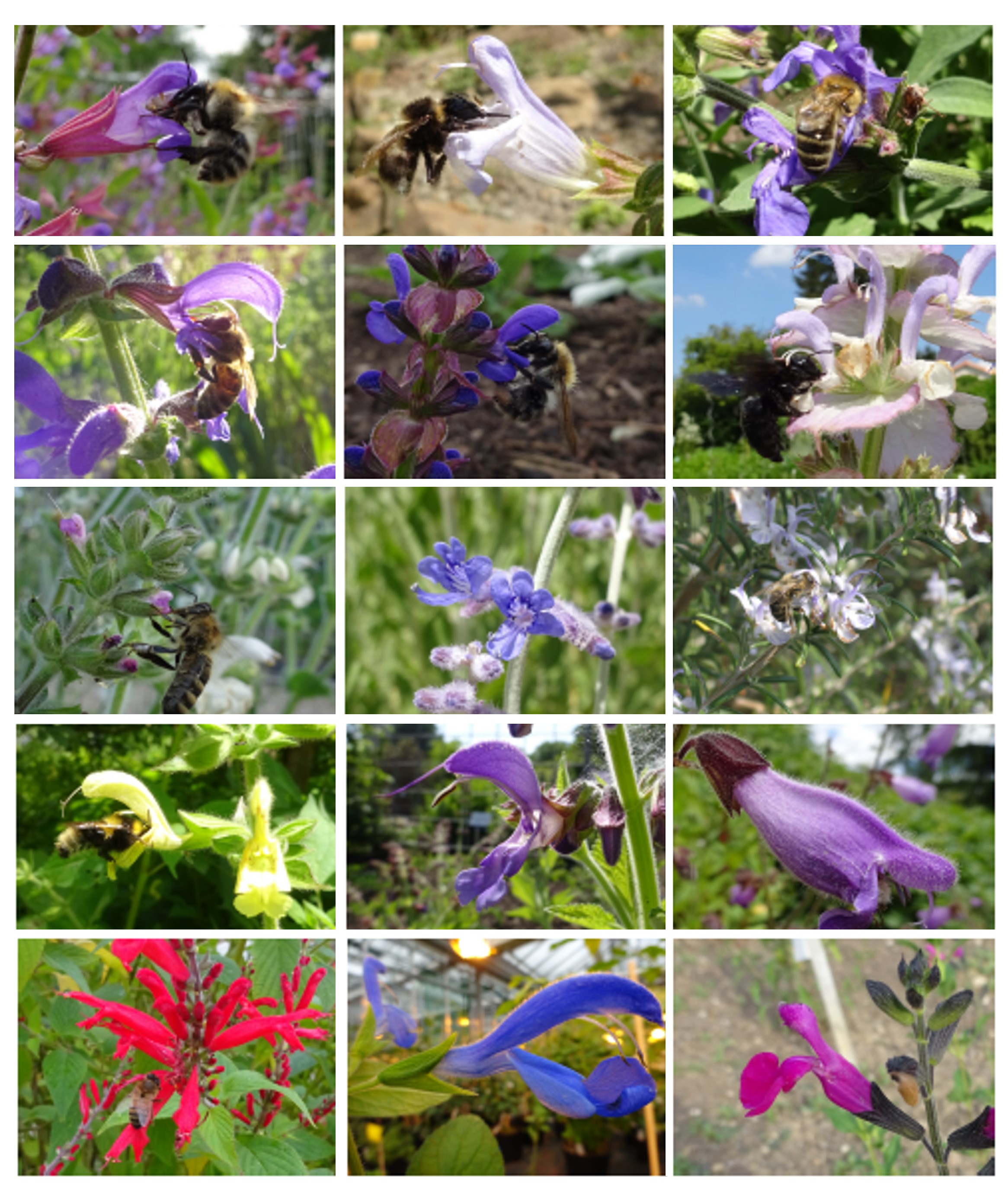 |
What for and how do we do that?Our technical civilisation eliminates numerous animals and plants. Although generally known, but also generally accepted: Who cares? The Spotted Orchid extinct - well, who even knew about its existence?
It was in 1992, at the Earth Summit in Rio de Janeiro, when biodiversity was redefined also as economic resource. Conservation changed from a hobby of spleeny conservationists into a value to be protected by the whole Society. Because biodiversity provides the raw material for evolution. And without biodiversity life on this planet looses ist ability to adjust to the changing Environment.
However, there is also a quite pragmatic aspect of biodiversity: With respect to crop plants the genetic diversity of their ancestors and relatives (so called Crop Wild Relatives) have to be conserved for breeding. The Convention on Biological Diversity, since Rio signed by 150 states, made it clear, for the first time, that biodiversity is a highly political issue. Neben klassischen Erhaltungskulturen, wo es darum geht, Pflanzen, die am Rande der Auslöschung stehen, in einer Art moderner Arche Noah zu retten, zu vermehren und wieder an geeigneten Standorten auszubringen, geht es uns vor allem auch darum, an konkreten Beispielen zu zeigen, dass Artenvielfalt eine wertvolle Resource für die Nutzung ist. Paradepferd ist dabei unser weltweit einmalige Sammlung der Europäischen Wildrebe, die zunächst als Erhaltungsprojekt angefangen hat, sich aber inzwischen zu einer von vielen Partnern stark nachgefragten für den nachhaltigen Weinbau entwickelt hat. In addition to classical conservation projects, where plants at the verge of extinction are rescued in a kind of contemporary Arche Noah, and later, after propagation, are brought back to nature. we want to demonstrate that biodiversity is a precious resource. Our race horse is the worldwide unique collection of the European Wild Grape that started as conservation project, but meanwhile has developed into a genetic resource for sustainable viticulture that is used by numerous cooperation Partners.
Image (Dr. Sascha Wetters): Sage belongs to the most diverse genera at all - more than 1000 species have been described so far. Not only that many of those are important for us humans for their medicinal effects, they are also nice to look at. In our research we try to understand, how this diversity came into being. In some cases, we were even able to watch new species arising and detect genes of speciation. |
|
|
Conservation Gardening
For species conservation we cooperate closely with the authorities in charge of nature conservation, for instance with conservation cultures to safeguard very endangered species from getting extinct. However, we also try new paths: humans did not only make entire ecosystems disappear, they also created new ecosystems. Among those are urban gardens that could be used for the rescue of biodiversity. Engagement and enthusiasm are available. Could we not keep species from becoming endangered by growing them in our private gardens? This is the basic idea of Conservation Gardening. But how does this change the species? Will it loose its specific nature, because we basically domesticate wild plants? Will it loose its genetic diversity? How to do Conservation Gardening as to maintain genetic diversity or even to increase it? These questions call for scientific viewpoints. Therefore, our colleague Maren Riemann has launched a model study to investigate Conservation Gardening systematically, in orer to give advice for this civic form of species conservation. |
Why we should go for conservation
Our technical civilisation eliminates numerous animals and plants. Although generally known, but also generally accepted: Who cares? The Spotted Orchid extinct - well, who even knew about its existence?
It was in 1992, at the Earth Summit in Rio de Janeiro, when biodiversity was redefined also as economic resource. Conservation changed from a hobby of spleeny conservationists into a value to be protected by the whole Society. Because biodiversity provides the raw material for evolution. And without biodiversity life on this planet looses ist ability to adjust to the changing Environment.
However, there is also a quite pragmatic aspect of biodiversity: With respect to crop plants the genetic diversity of their ancestors and relatives (so called Crop Wild Relatives) have to be conserved for breeding. The Convention on Biological Diversity, since Rio signed by 150 states, made it clear, for the first time, that biodiversity is a highly political issue.
What we do
In addition to classical conservation projects, where plants at the verge of extinction are rescued in a kind of contemporary Arche Noah, and later, after propagation, are brought back to nature. we want to demonstrate that biodiversity is a precious resource. Our race horse is the worldwide unique collection of the European Wild Grape that started as conservation project, but meanwhile has developed into a genetic resource for sustainable viticulture that is used by numerous cooperation Partners.
Unsere Erhaltungsprojekte
| Species Conservation Baden-Württemberg. | CWR Gene Bank South West | WIPs.de. | European Wild Grapevine |
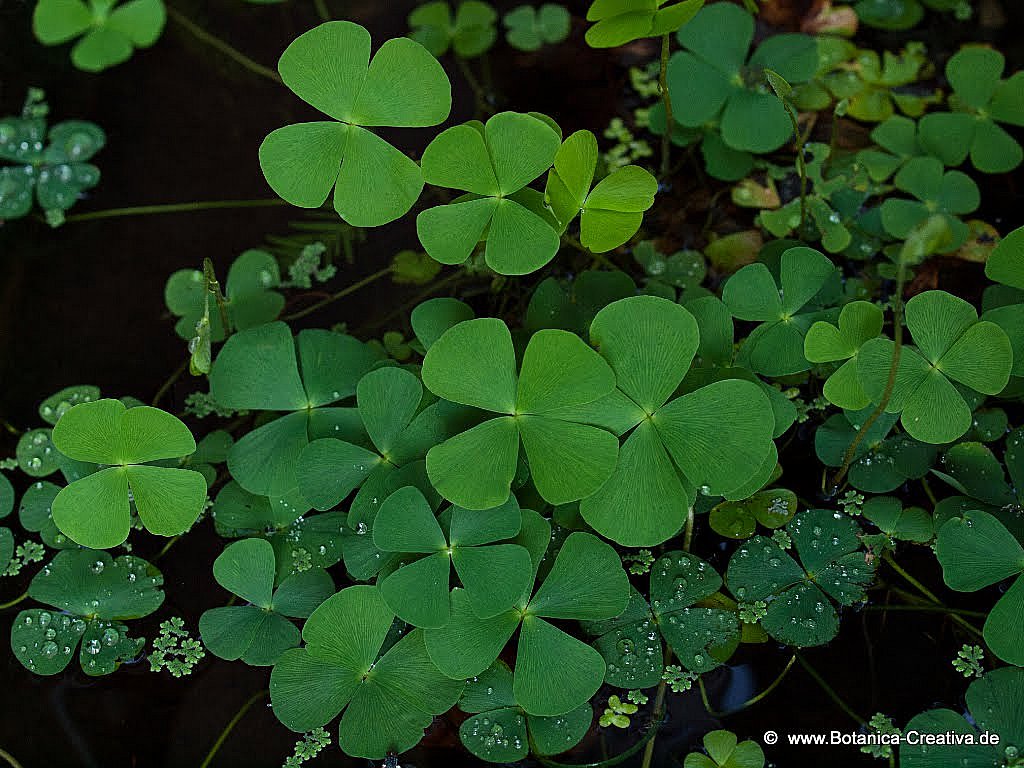 |
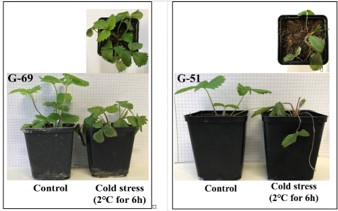 |
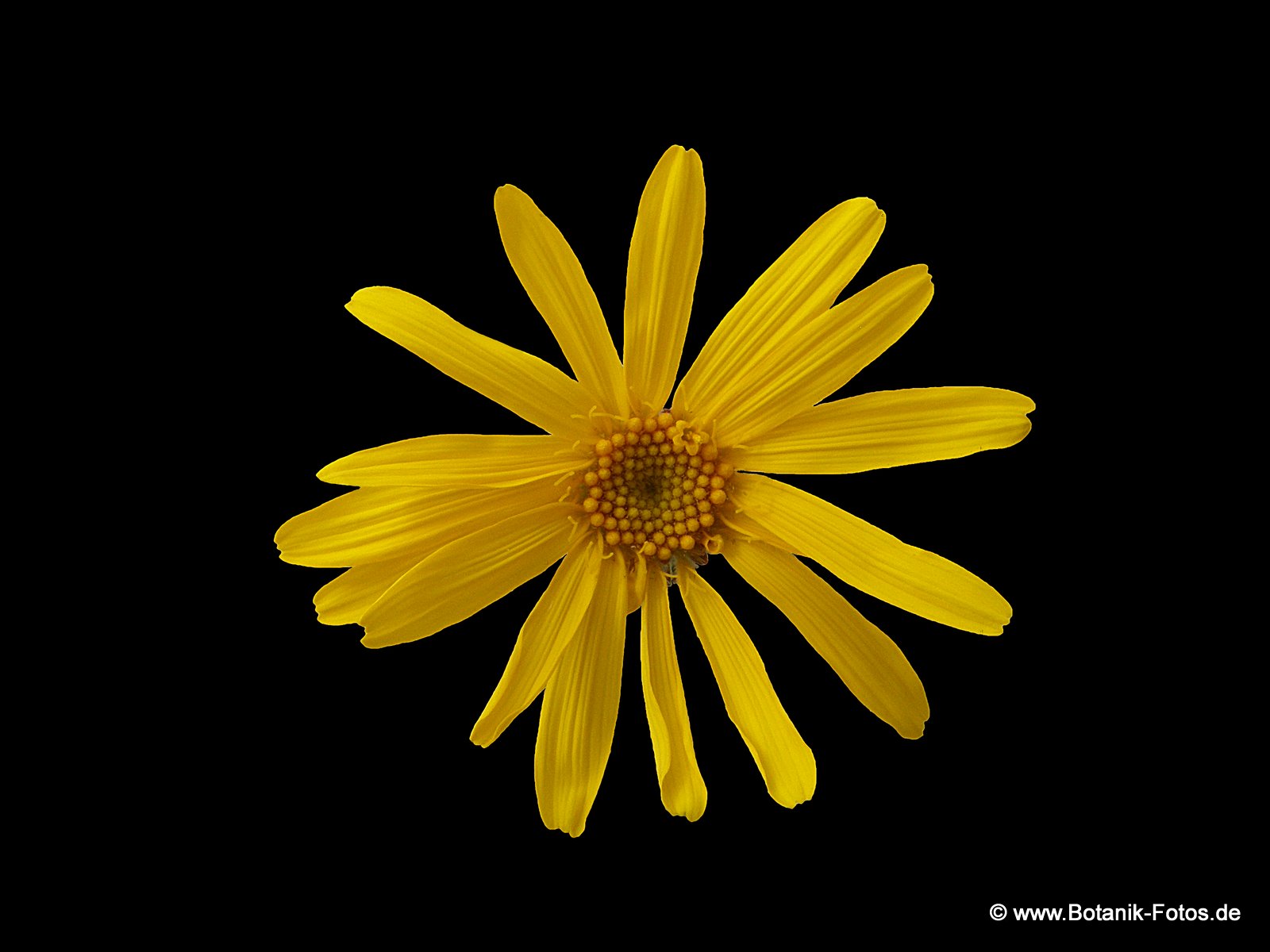 |
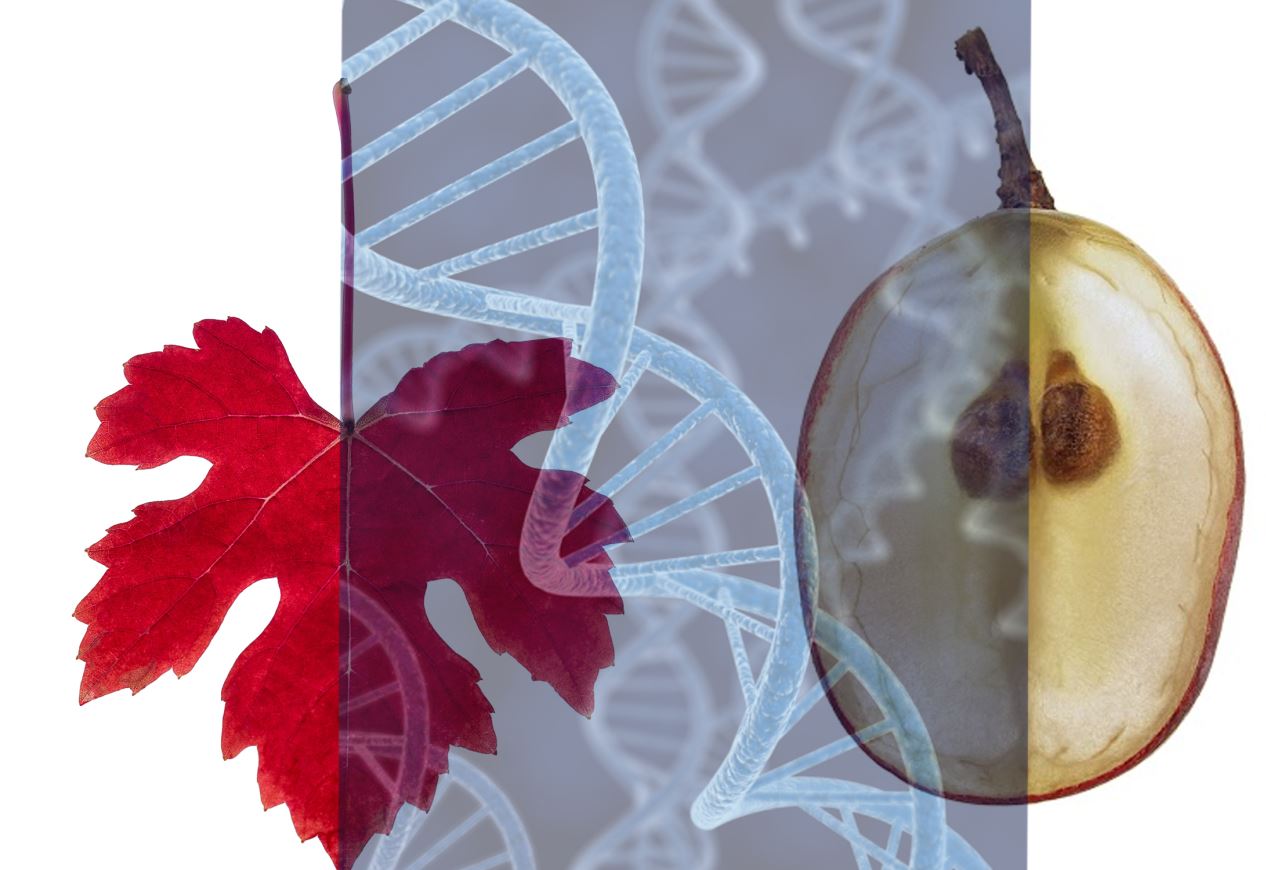 |
| The Clover Fern was extinct, in a Lazarus project with the Regional Council Karlsruhe we have brought it back to life. more... | A Gene Bank for Crop Wild Relatives, funded by the Federal Agency for Agriculture and Nutrition harbours treasures, such as these cold tolerant strawberries. more... | Arnica is almost gone, we work for its conservation and renaturalisation, funded by the Federal Agency for Nature Protection. more... | Diversity is precious - also for application. Using Grapevine as paradigm, we show that protection and valorisation are not antagonistic. Established with funds from the Federal Agency for Agriculture and Nutrition. more... |

